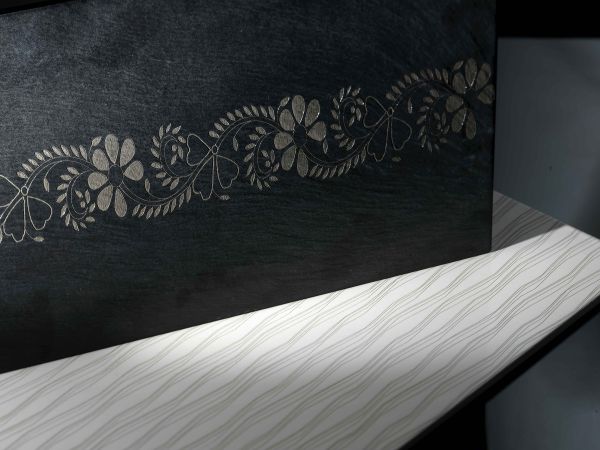The clothing industry is the second biggest polluting industry, being just behind the petrol industry. To give you an idea of the massive impact the fashion industry has on the environment, consider this: it is estimated that 10% of world’s greenhouse gas emissions are generated by the textile industry.
The textile industry is all but harmless to the environment since its production processes consume a lot of resources such as water, energy and chemicals for the finishing process. This has led the industry to research more sustainable and eco friendly processes.
One of the most polluting phases of the production processes in the clothing industry is the finishing process, e.g. fabric decoration. Research shows that laser technology currently is the most eco friendly and sustainable application that can be used to decorate clothing and fabric. Not only did the laser technology stand out as a viable and efficient technology, but it also allowed designers to innovate products and designs.
To be honest, the use of laser technologies in the clothing industry is not entirely new, but dates back to the early 60’s. From that moment on, researchers noticed the diverse advantages of this technology, such as precision and lack of wastes. After years of research, experimentation and applications, the CO2 laser has proven to be the most suitable technology for the fashion industry. The use of the CO2 laser is beneficial in terms of design as well as in terms of the company’s resources. All desired designs can be achieved, with millimetric precision, by applying the very vast and efficient laser marking processes on the fabric. The energy efficiency and the running speed of a CO2 laser source are incomparably superior to any other traditional production technique, resulting in a significant decrease of energetic resources. Furthermore, the technology solely modifies the surface of the material – this means that there is no need for water consumption or polluting chemicals.
Laser engraving for fashion design does not know limits in terms of versatility. Nearly all materials normally employed by the textile and clothing industry can easily be worked by the CO2 laser. The technology can engrave or mark either natural or synthetic fabrics. Recent studies have also revealed that this technology is highly suitably for the discoloration of clothing, in particularly jeans cotton.
The CO2 laser is especially suitable for the clothing industry due to its particular wavelength, which is well absorbed by non-metals and organic materials as they are bad conductors of heat and electricity. This allows you to achieve optimal results while consuming the least possible amount of energy resources. Inks, chemicals, and solvents are eliminated and there is thus no longer a need for large amounts of water: the eco-sustainability of the CO2 laser is thus evident.
This is also demonstrated by a recent study1 that analyzed the outcomes of laser decoration and innovative designs on wool and polyester fabrics versus decoration achieved by means of chemicals. The research paid particular attention to the weight, thickness, perspiration, thermal conductivity, and strength of the fabric after they had been engraved or marked. Both production methods have been tested with simple as well as complex patterns. The results have shown that the laser technology method performed better in all of the above named aspects, in comparison with traditional methods.
Besides that, the laser technology has also shown better results in terms of speed, precision, and resource consumption.
In conclusion, laser engraving for the clothing and textile industry is a more efficient, sustainable, and eco-friendly process than traditional methods of decoration.
1Application of Laser Engraving for Sustainable Fashion Design, G.X. Yuan, S.X. Jiang, E. Newton and W.M. Au, Research Journal of Textile and Apparel 2013 17:2, 21-27.




